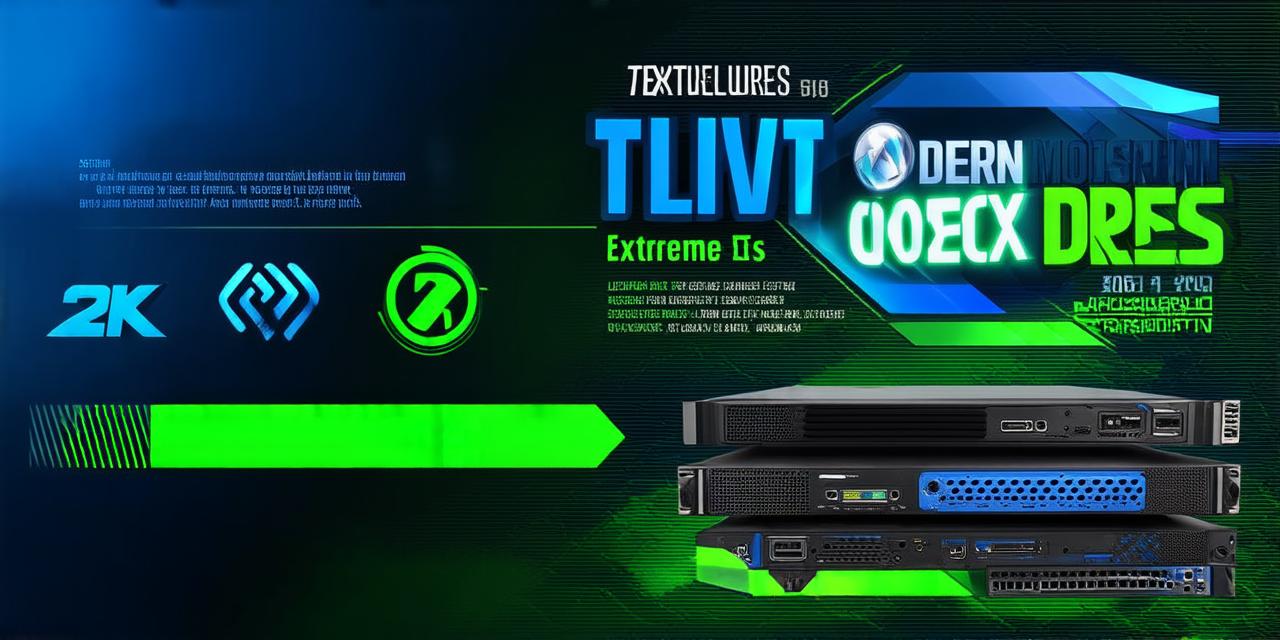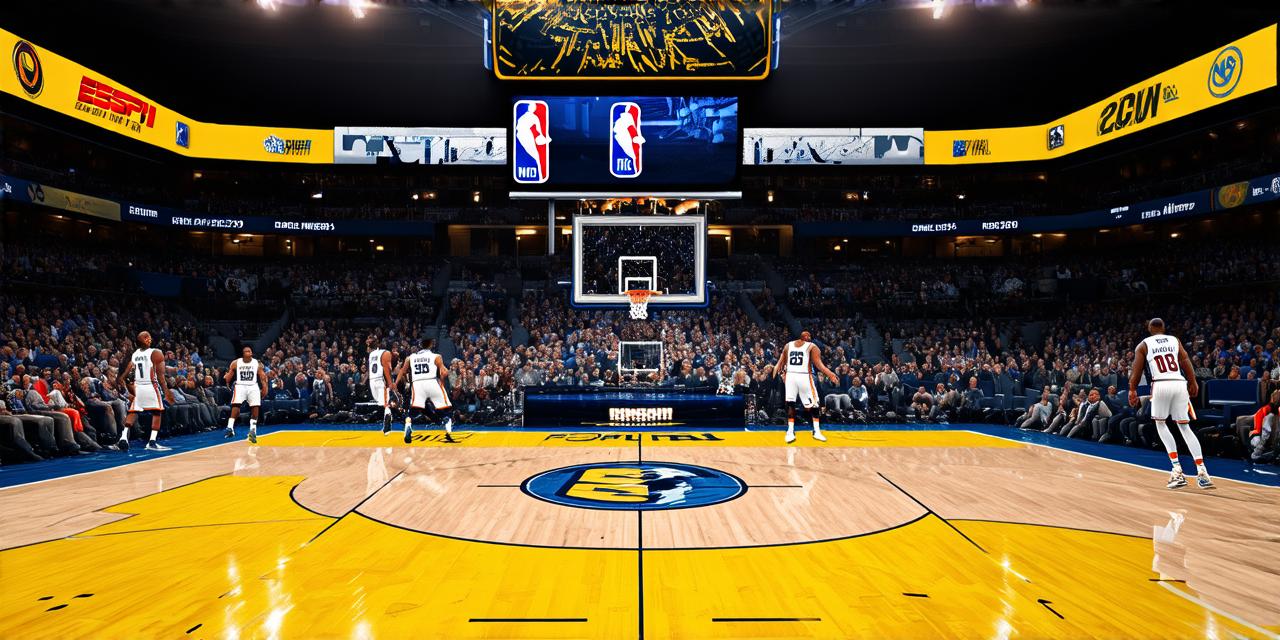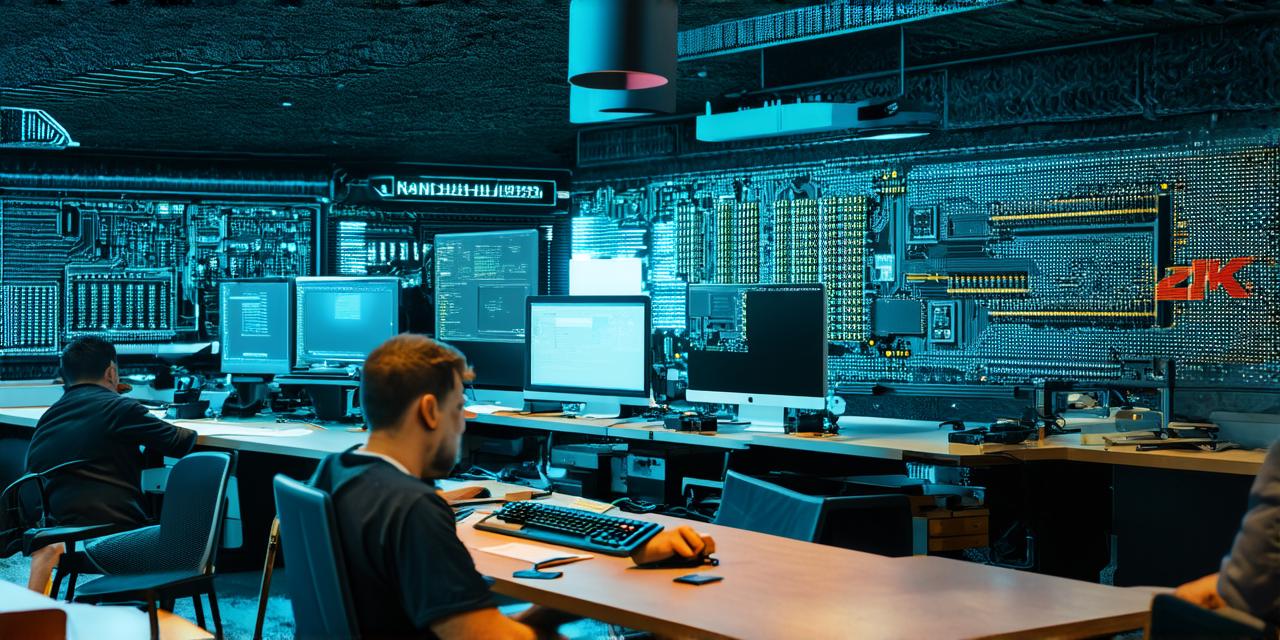Video games have come a long way since their inception, and one of the most critical aspects that enable players to enjoy them is the server infrastructure. Game servers are the backbone of online gaming, allowing players from different parts of the world to connect, play together, and share experiences.
1. Understanding the Basics of Video Game Servers
Before we dive into the technical aspects of video game servers, let’s first understand what they are and how they work. A video game server is essentially a computer that hosts the game world, manages game data, and facilitates communication between players. When a player connects to a game, their device sends requests to the server for game information, updates, and instructions on how to proceed. The server then processes these requests, updates the player’s game state, and sends responses back to the player’s device.
This process is known as client-server communication, where the client (the player’s device) sends requests to the server, and the server responds with the necessary information. This model ensures that all players are accessing the same game world, and any changes made by one player are reflected in real-time for all other players.
1. The Importance of Server Optimization
Now that we have a basic understanding of how video game servers work let’s discuss why server optimization is crucial for developers. The primary goal of server optimization is to ensure that the game runs smoothly, with minimal lag and downtime. A poorly optimized server can lead to a range of issues, including:
- High latency, resulting in delayed responses and slower gameplay
- Inconsistent game state across different players
- Frequent crashes and disconnections
- Security vulnerabilities that can be exploited by malicious actors
1. Server Performance Metrics
To optimize server performance, developers need to understand the key metrics that affect server speed and stability. Some of the most important metrics include:
- CPU utilization: This measures the percentage of time that the server’s CPU is being used to process requests. High CPU utilization can lead to slower response times and increased latency.
- Memory usage: This measures how much memory the server is using. Insufficient memory can cause crashes and slow down gameplay.
- Network bandwidth: This measures the amount of data that is being transmitted over the network between the server and clients. Low network bandwidth can result in high latency and slow gameplay.
- Server uptime: This measures how long the server is available to players. High downtime can lead to frustrated players and lost revenue.
1. Optimizing Server Performance
Now that we have a better understanding of the key performance metrics let’s look at some best practices for optimizing server performance. Some of the most effective ways to optimize server performance include:

- Load balancing: This involves distributing the workload across multiple servers, ensuring that no single server is overloaded and causing lag or downtime.
- Caching: This involves storing frequently accessed data in memory, reducing the need for the server to constantly retrieve it from disk, resulting in faster response times.
- Optimizing game code: This involves identifying and removing any bottlenecks or inefficiencies in the game code that can slow down server performance.
- Using dedicated servers: This involves using specialized servers that are optimized for gaming, providing higher performance and stability than standard servers.
1. Security Best Practices
Security is a critical aspect of server optimization, as any vulnerability in the server infrastructure can be exploited by malicious actors to gain access to player data or disrupt gameplay.



